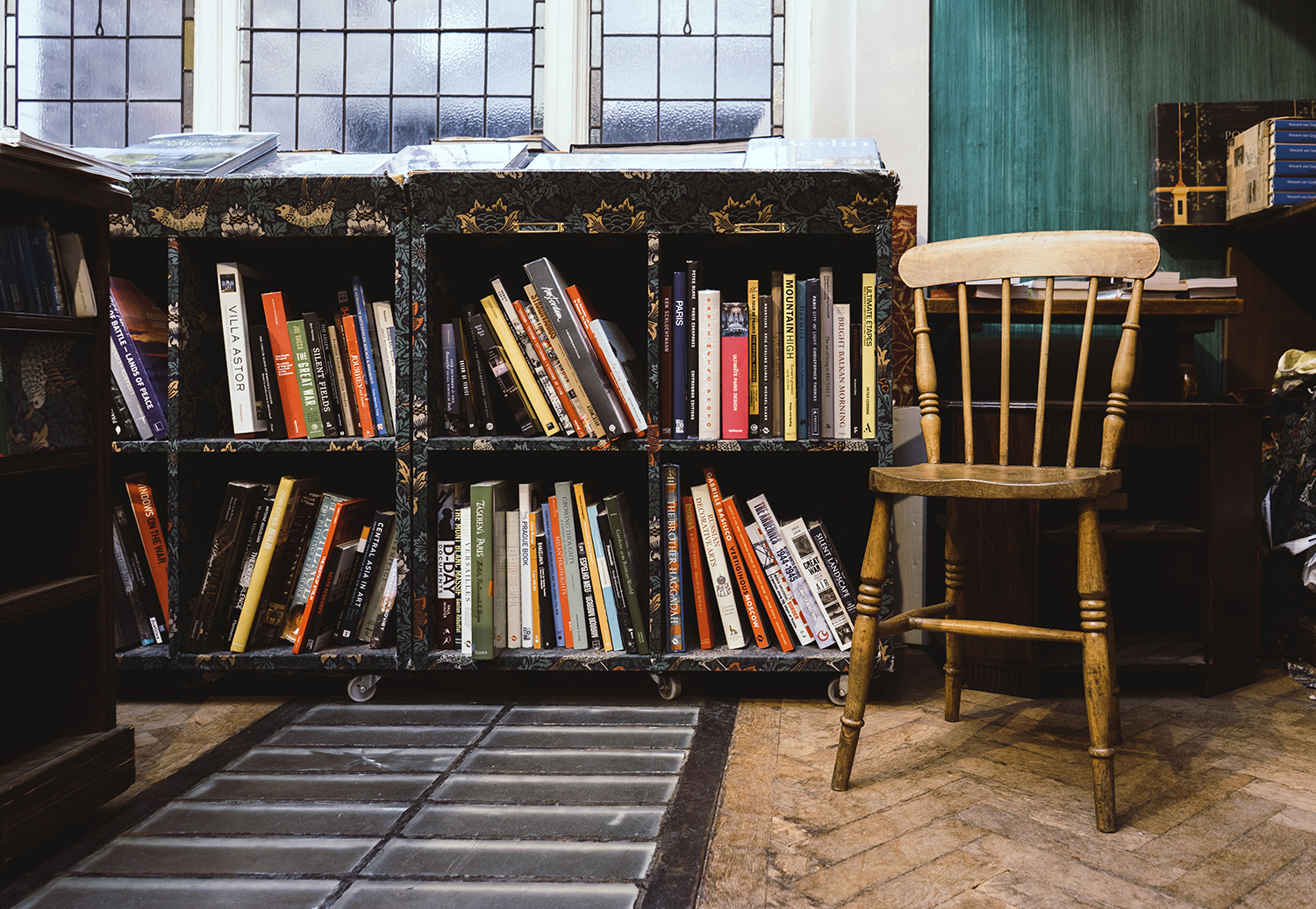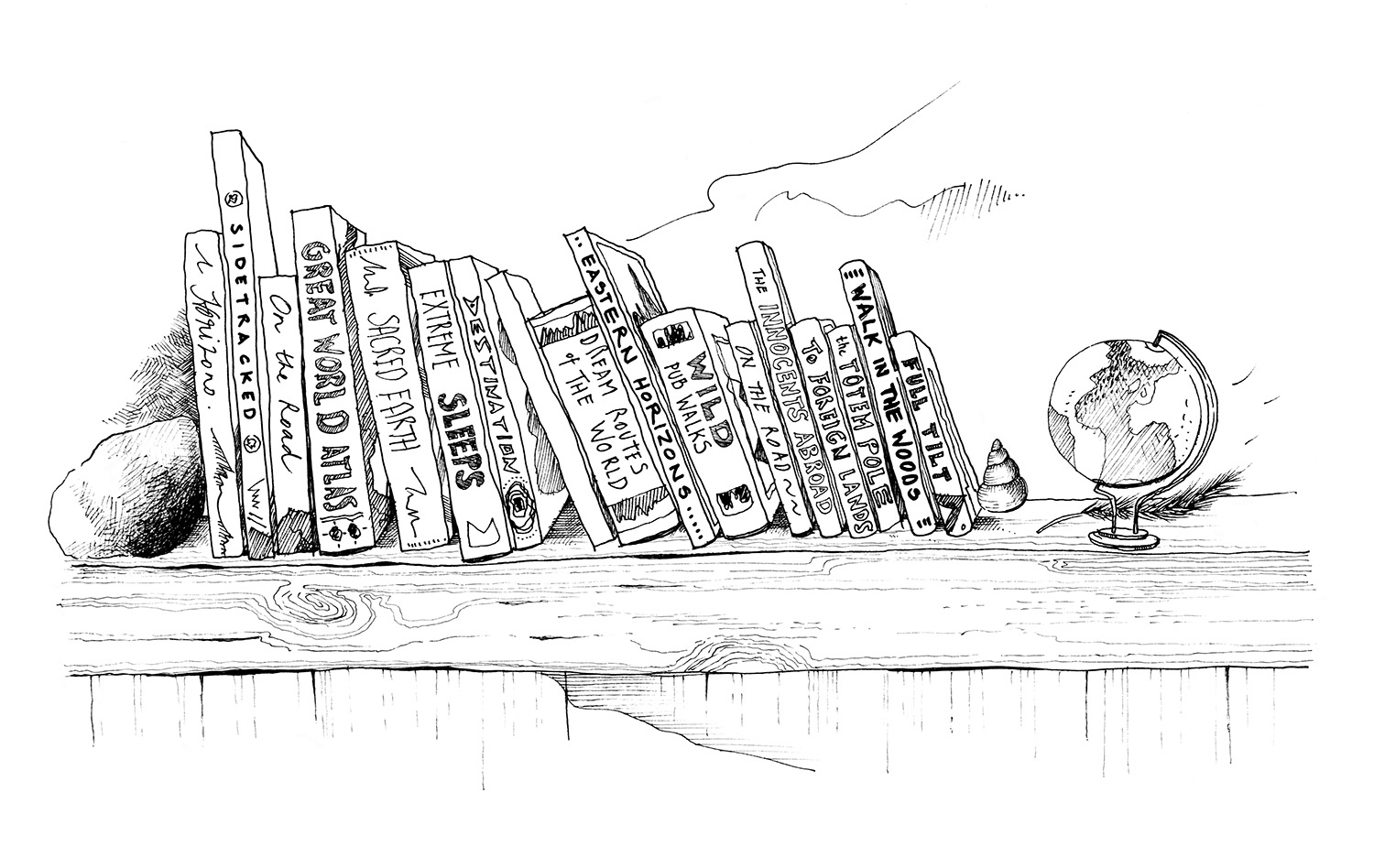By Daniel Nielson
Before you write your first book it’s easy to imagine that the process is wonderfully romantic: locking yourself away in a tower (or beachside bolthole) writing reams of creative copy, allowing the words to spill from your keyboard like water from a tap. But then it happens. Reality starts to kick in. You realise that it is nothing like this. Worse still, it’s more akin to childbirth.

It might seem like an odd analogy but allow us to explain. Writing a book is painful, so painful that somewhere between the actual writing (which at times you have to force yourself to do), copy edits, taste edits (where entire chapters are not only moved around or tweaked a little, but actually removed altogether – or even worse, you are asked to write an entirely new one) and proofs, you start to wonder why on earth you ever agreed to do this in the first place.
Then the advance copy of your book comes out and you look at it and it’s beautiful. It’s a little part of you, indicated by your name printed on it in big, bold letters. You have done it. You have created a ‘thing’ that exists in the world that will bring joy to thousands.

Writing a book is one of the most incredible things you can do – to have a complete stack of pages bound together with your name on it is an unrivalled thrill – but it is hard, and we don’t want to sugar-coat that. You need to go into it with your eyes wide open. It can be painful, lonely and time consuming, and you may occasionally think it will break you, but one thing is for sure: after you’ve written one, life will never be the same again…

TYPE OF BOOKS
Presuming we haven’t put you off already, we need to think about the kind of travel book you want to write. There are four main types:
Guidebooks
It takes a certain type of person to write guidebooks. You have to care about the facts and about the accuracy with a passion. You have to get a thrill out of finding out the starting price for a night’s accommodation or the location of the nearest public toilet. You need to be able to put yourself in the boots of the person reading it and give them all the information you know would be valuable to them on the ground.
Narratives
This type of book is the one where you get to pen around 80,000 words (110,000 tends to be the absolute maximum) and tell your ultimate travel experience. Maybe you crossed India by motorbike, solo and unsupported. Perhaps you traversed the Silk Road. Maybe you did something a lot smaller – like follow a river from source to sea, close to where you live. Or perhaps you spent a year travelling from the north to the south of your own country, sleeping in strange places along the way in an effort to reignite your love for it (we know a good book called Extreme Sleeps, if you’re interested…).
Whatever the story you want to tell, the rules we covered for writing a narrative piece for a newspaper or magazine apply. Most importantly, having a good idea and a clearly defined mission is everything. So you may have worked your way around Australia for a year after you left university – but ask yourself, who hasn’t? That in itself would not a good book make because too many people do it and there’s no selling point. Remember Bill Bryson’s quote: ‘nobody is interested’. What is the reason you did this? What is the unique selling point that should make people sit up and listen?
Historical books
If you’re a history buff and know your stuff about a particular moment in time (or are intrigued enough to learn more about it), you might choose to write a travel book with a historical angle. This sort of book aims to impart information to readers, as well as entertain. This is not so much a guidebook but more an insight into a certain place around a certain time, such as the whaling industry in Antarctica or the Highland Clearances in Scotland.
This type of book may be a tricky sell if you don’t already have a good grounding in the history of a certain place. If you have a PhD in the subject, you might have more of a chance; equally, if you can demonstrate a long-standing interest through talks, your websites, teaching or leading trips to that place, then you might be able to get a book deal. Remember, you need to answer the question: why you?
Fiction
New publishing models
They say that the best fiction comes from personal experience, and that’s why a lot of authors write about subjects that they are either passionate about, have experienced themselves, or, if none of the above apply, they spend months interviewing people for whom that is true.
Novels are often of a similar length to non-fiction travel narratives – between roughly 70,000 and 90,000 words. However, unlike other genres you will not get a book deal without the entire manuscript being complete first and, often, it has to come through a literary agent (more about agents shortly), which means you have to commit a lot of time and effort without knowing whether or not it will ever be published. But don’t let that put you off. If you have a great tale to tell, be it a mystery, a coming-of-age drama or life-affirming story, it’s always worth a try.
With the advent of the internet, power began to rapidly shift to storytellers (and would-be storytellers). All at once we had the power to publish ourselves, in the form of blogs, without needing anyone’s permission. However, since the late 2000s this has extended to books, too, with big players like Amazon allowing people to self-publish their own books in both digital and print format. E-books allow unlimited copies to be created at zero extra cost with a high profit margin, while print-on-demand eliminates the traditional disadvantages of self-publishing physical books. It’s a brave new world, but there are still no shortcuts to success.
